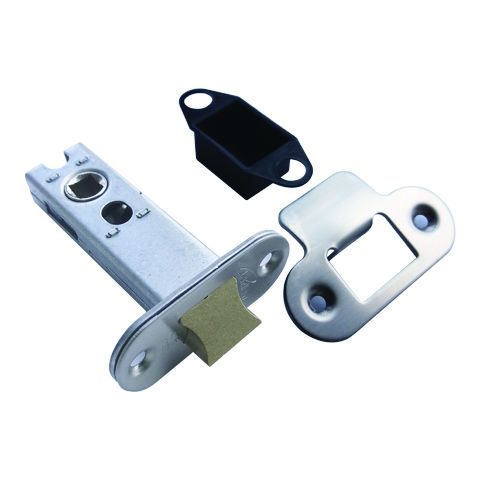What is a lock?
In the very broadest sense of the word, a lock is a device that keeps valuables safe or restricts access to something that needs protecting. A lock can keep things out, protecting homes from intruders and banks from thieves. They can also keep things in,holding criminals in jail or animals in zoos.
One of the most common kinds of lock is the cylinder pin-tumbler lock used in padlocks and Yale door locks. Based on a mechanism invented in ancient Egypt, it became a winning invention in the mid 19th century thanks to the efforts of American inventor Linus Yale, Jr. and the Yale company named for him.
The most common form of house lock will have a lock cylinder integrated into them. The way that cylinder locks are made and designed means that only one specific key can unlock a certain type of lock. Only this key will actually turn the cylinder, adding security to your lock and keeping you and your valuables safe.
How does the cylinder lock work?
There is a specific part which is known as a tang. This part sits inside the center of the cylinder when the door is unlocked. However, when you lock the door this part becomes partly inside and partly outside of the cylinder.
In order for the tang to be released, a key has to be used to trigger the mechanism. Once the cylinder starts to turn, a spring sends the tang into the locked position to make sure that the door will not move. The tang then keeps the door firmly secure until it is unlocked again.
What does the key do?
If you open up the cylinder you will find various pins of different heights inside. There are springs that hold the pins tight inside. The upper pins are the important part of this, as they will stop the cylinder turning when in a locked position. As soon as the door is unlocked then these pins are released causing the cylinder to turn again.
The reason most keys you use for these locks have notches on them is so that each pin can be moved into its correct position and height. Once there is a gap between the upper and lower pins then the cylinder will move and trigger the unlocking mechanism.
What makes the lock so secure?
If the key you use is not the correct one for that particular lock, then you will not have the right pattern to move the pins accordingly. Without the pins in their right positions and height, then the door will stay locked and the key will not turn.
What ironmongery and more can do for you …
Whether you’re upgrading your cylinder locks for the first time, or just want the latest advice, we’re here to help. We supply a wide range of Locking Cylinders in a variety of finishes including brass, chrome and nickel.
Offering differing security levels, our locking cylinders can be retrofitted, so there is no need to change your existing door hardware.

